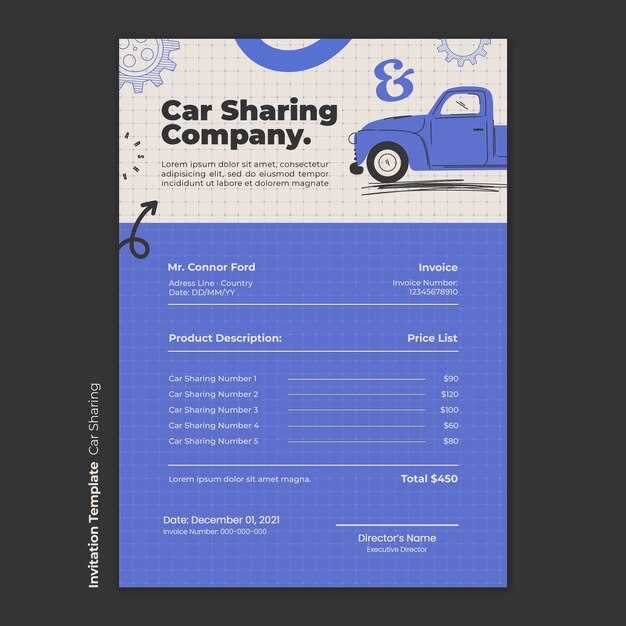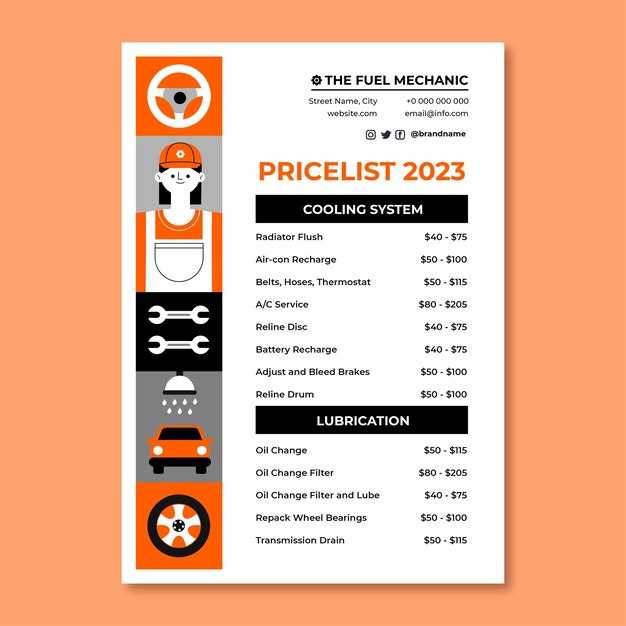

When considering the purchase of a new Mustang, a test drive is an essential step in the decision-making process. It provides an invaluable opportunity to experience the vehicle firsthand and assess its performance features. This Mustang test drive checklist is designed to help potential buyers drive their best decision by focusing on key aspects of the car during the test.
Before getting behind the wheel, it’s crucial to prepare a list of elements to check during the test drive. This includes everything from handling and acceleration to comfort and visibility. Keeping these factors in mind will ensure that you can thoroughly evaluate the Mustang’s capabilities and features, making your experience more comprehensive.
The test drive itself should be more than just a casual lap around the block. It’s an opportunity to test the car’s limits and see how it performs in various driving conditions. By following this checklist, prospective buyers can gain a clearer understanding of whether the Mustang aligns with their driving preferences and lifestyle, ultimately leading to a more informed purchasing decision.
Essential Visual Checks Prior to the Drive

Before embarking on a test drive of a Mustang, conducting essential visual checks is crucial to ensure the vehicle is in optimal condition. These checks can help you avoid potential issues and provide a more enjoyable driving experience.
Start by inspecting the exterior of the Mustang. Check for any signs of damage, such as dents, scratches, or rust, which may indicate previous accidents or neglect. Ensure the paint is consistent across all panels and examine the condition of the wheels and tires. Look for uneven wear on the tires, which could signal alignment problems.
Next, shift your focus to the interior. Inspect the dashboard for any warning lights that may be illuminated, as this could indicate underlying mechanical issues. Check the quality and functionality of the seats, as well as the condition of upholstery and interior trim. Make sure that all controls, including the air conditioning and infotainment system, are operative.
It is also vital to check under the hood. Open the engine compartment and look for any leaks, frayed belts, or disconnected hoses. Ensure the fluids are at appropriate levels, including oil, coolant, and brake fluid, as this can be an indicator of the car’s maintenance history.
Finally, do not overlook the lights. Test all exterior lights, including headlights, brake lights, and turn signals, to confirm they are functioning correctly. A thorough visual check will arm you with valuable information, enhancing your overall test drive experience and aiding in your purchasing decision.
Key Performance Indicators to Assess During the Test Drive
When evaluating a Mustang during your test drive, it’s essential to check several key performance indicators that will help you gauge the car’s capabilities and overall driving experience. Focus on the following aspects:
Acceleration: Pay attention to the car’s ability to accelerate smoothly and quickly. Take note of how responsive the throttle is when you press down, and check whether the acceleration feels linear or strained at higher speeds.
Braking Performance: Assess the Mustang’s braking capabilities by testing the brakes at different speeds. Ensure they respond firmly without any vibrations or unusual noises. Reliable brakes should bring the car to a complete stop with minimal effort.
Handling and Stability: Evaluate how well the car handles sharp turns and maneuvers. Notice if the steering is precise and if the car remains stable throughout the drive. A Mustang should feel planted and confident, even at higher speeds.
Engine and Transmission Response: Listen to the engine’s sound and check for any odd noises that might indicate underlying issues. Evaluate the transmission for smooth gear changes and responsiveness when accelerating or decelerating.
Suspension Comfort: Pay attention to the ride quality over different road conditions. The suspension should provide a balance between comfort and sportiness, absorbing bumps while maintaining excellent road feel.
Fuel Efficiency: While this may not be a performance metric in the traditional sense, having an idea of the car’s fuel consumption during your drive can influence your decision. Check if the engine feels efficient without any excessive fuel smell or performance drops.
By meticulously checking these performance indicators during your Mustang test drive, you can make an informed decision and choose the vehicle that best suits your driving needs.
Post-Test Drive Evaluation and Follow-Up Questions

After completing the test drive of a Mustang, it is crucial to assess your experience thoroughly. This evaluation will help you determine if the vehicle meets your needs and expectations. Start by reflecting on how the car handled during the test. Consider aspects such as acceleration, braking, and steering. Was the performance as you anticipated?
Next, evaluate the comfort level. Were the seats supportive? Did you have enough legroom and headroom? Pay attention to the ergonomics of the car as you check the dashboard layout and accessibility of controls.
You should also think about the noise levels. Did you find the cabin quiet enough, or was road noise intrusive? Consider whether the sound system met your preferences for audio quality. After assessing these factors, compile a list of pros and cons about the Mustang.
Following your evaluation, it’s essential to address any lingering questions. Here are a few to consider:
- How does the car’s fuel efficiency compare to similar vehicles?
- What safety features are included, and have they been tested reliably?
- Are there any extended warranties or service packages offered?
- How does the Mustang’s resale value hold up over time?
This process ensures you make an informed decision regarding your potential purchase. Don’t hesitate to reach out to the dealership for clarifications on your follow-up questions. An informed buyer is a confident buyer.






